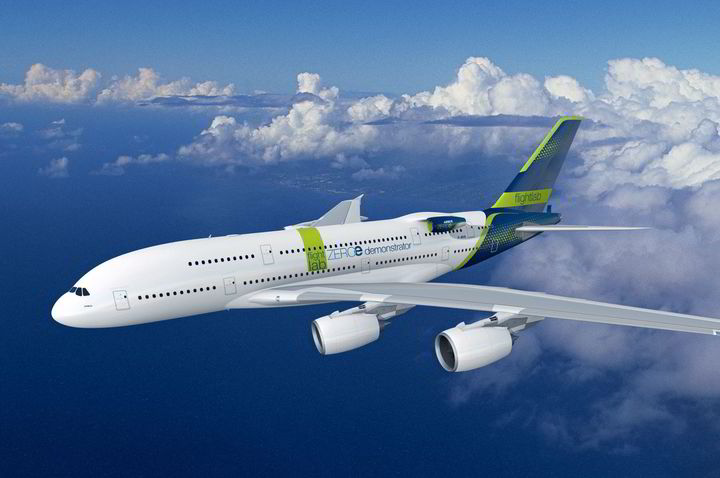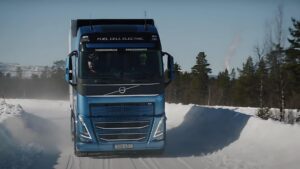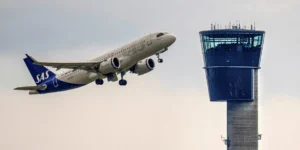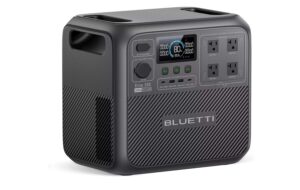Airbus to choose between hydrogen engines and fuel cells this decade for first H2 planes: report

French aerospace company Airbus could decide as late as 2027 on which hydrogen propulsion will power its first H2 planes, planned to enter commercial service in 2035, according to reports.
The firm is currently exploring both hydrogen engines and fuel cells in parallel, with the aim of validating one at the lab level in 2026 or 2027 and demonstrating its use in a relevant environment (ie, a flight test) before the programme is formally launched in 2028 or 2029, specialist magazine Aviation Week reported.
Airbus has already successfully powered up a 1.2MW fuel cell propulsion system in the lab and rigged a small hydrogen combustion engine to a glider (although it did not take off using the engine) at the end of last year. The company previously suggested it would make a decision on which technology would be pursued in 2025.
However, Mathias Andriamisaina, head of hydrogen demonstrators and testing for Airbus’ ZEROe programme, reportedly told the Clean Aviation Annual Forum in Brussels that both engines and fuel cells will be used in a modified A380 for flight tests scheduled to start in late 2026 and end in 2028.
“We are doing a few things in parallel to remain on time for 2035,” Andriamisaina said.
“The point of flight testing is it prevents us from looking for workarounds,” he added. “In a laboratory, if you have a problem, you may find a compromise. When you fly above Toulouse with 400kg of hydrogen on board, you do not want any compromise in terms of safety.”
Article continues below the advert
Andriamisaina also suggested that decisions for the programme will also depend on “ecosystem readiness level”, or how much refuelling infrastructure at airports is necessary between each propulsion system.
Airbus is also considering two different options for turbine engines — turboprops and turbofans — depending on the passenger capacity and range that the selected technology can support.
The company reportedly requires the ZEROe planes to seat a minimum of 100 people and fly at least 1,000 nautical miles (1,151 miles), with an aim for 200 seats and a 2,000 nautical-mile range.




